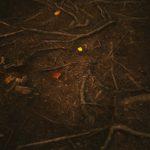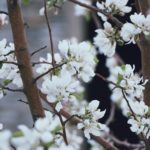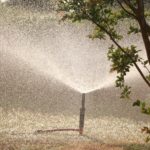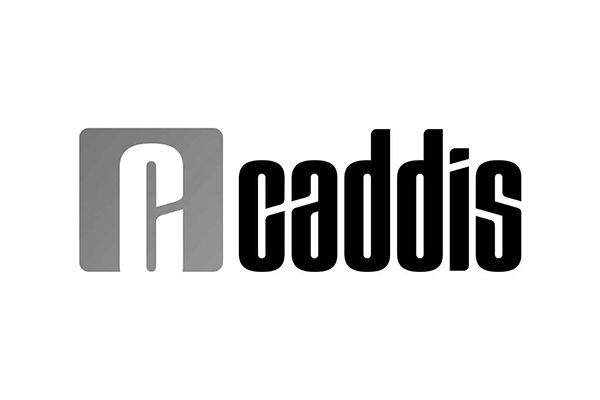Ask Miss Jean!

Jean Lovell, long-time Resource Central volunteer and former master gardener, tackles your gardening questions!
Submit your question(s) for Miss Jean to: GardenInfo@ResourceCentral.org
Q: How can I keep my trees healthy from year to year?
A: In addition to their beauty, trees are treasures that warm our hearts, hold family and personal memories, and provide playgrounds for children and food for us and for wildlife. Apart from bringing us joy, their practical benefits include cooling our homes, capturing air pollution, and diminishing traffic noise. Large, mature trees can significantly increase your home’s value. And as they grow larger, their benefits increase. Given proper care, we can enjoy them for many years.
TREE SELECTION starts with the right tree planted in the right place. Consider the following when choosing:
– Tree purpose – aesthetics, shade, food
– Permanence
– Site constraints – USDA planting zone, sunlight, type of soil, adequate space for full-grown canopy, underground utility lines
– Proper planting depth
View these lists covering options for large deciduous trees and small deciduous trees. For tips on working with your trees once you’ve selected them visit these sites on planting trees, and caring for young trees.
Like all plants, trees need water; and their roots need oxygen just as much as they need water. Allowing the soil to dry every few days will allow for sufficient oxygenation. Over-watering is a common mistake. Remember, moist does not mean soggy. Most tree roots are located in the top 6 to 24 inches of the soil and occupy an area two to four times the diameter of the tree crown.
WHEN?
– For new trees, see above re: caring for young trees
– Usually mature trees can live off rainfall, but when it is dry for several weeks at a time, check the soil for moisture: stick a long screwdriver into the soil; water if it won’t go past at least 12 inches. This works best in clay and loam soils.
– During droughts, watch for signs of drought stress: leaves wilting, yellowing, curling or browning at the edges
– For tips on winter watering, check out the blog post from last year on the subject!
HOW MUCH?
– The rule of thumb is to apply 10 gallons of water per inch of a tree’s diameter with each watering; for trees over 10 inches diameter, apply 15 gallons. Measure the diameter with a ruler. One inch of rainfall equals 4.7 gallons of water per square yard.
– Water deeply and slowly under the canopy – slow pressure and moving the sprinkler head every 20 minutes or so
 MULCH conserves soil moisture, insulates and improves the soil, and controls weeds. When applying mulch keep these tips in mind:
MULCH conserves soil moisture, insulates and improves the soil, and controls weeds. When applying mulch keep these tips in mind:
– Remove all grass and weeds
– Even layer of 2-4 inches of wood chips, shredded wood, or bark (can include leaves and evergreen needles)
– Place 6 inches from trunk, to dripline OR extending 3-4 feet from the tree in all directions (creating a circle around the tree).
– Renew mulch each season
PROTECT
With an established tree, anything that changes the water or oxygen supply, or soil conditions can be extremely harmful
– Protect the tree! Protect the bark from cuts or damages, avoid compacting the soil and roots, and don’t hang things from the tree
– Avoid changes in soil depth. Even 4 to 6 inches of change can be harmful
– Book professional inspection by a certified arborist every 3-5 years.
PRUNING
Most plants benefit from regular pruning to keep them looking and growing their best. It’s generally better to do some pruning annually. The rule of thumb is to remove no more than 1/3 of a woody plant’s growth.
 WHEN?
WHEN?
– Winter pruning – to promote vigorous new growth in spring.
– Summer pruning – correct or to slow growth.
– Never prune late in the growing season. Doing so encourages new growth that may not survive the winter.
Be sure to keep in mind that Any time is best for removing damaged. dead, or diseased branches!
HOW?
– Do not remove more than one-quarter of the living crown at one time. If it is necessary to remove more, do so over successive years.
– Always cut to a bud, lateral branch, or main trunk
– When pruning back to main stem or another branch, do not make a flush cut; cut outside the raised branch collar
– Use the three-cut method for limbs larger than 2 inches in diameter
– Saw ½ way through bottom of branch 1 to 2 feet out
– Saw through branch from top 1 to 2 inches farther out (leaves stub)
– Remove stub
Hire a certified arborist when work cannot be performed with hand tools or poses a serious safety risk.
FERTILIZING may not be necessary if you leave the tree clippings, but you can also get a soil test to know what nutrients are missing from your trees’ soil.
– Apply before July, shortly before flowering or leafing out
– Do not fertilize during droughts
– For general use, use complete fertilizer with equal parts of nitrogen, phosphorus, and potassium










